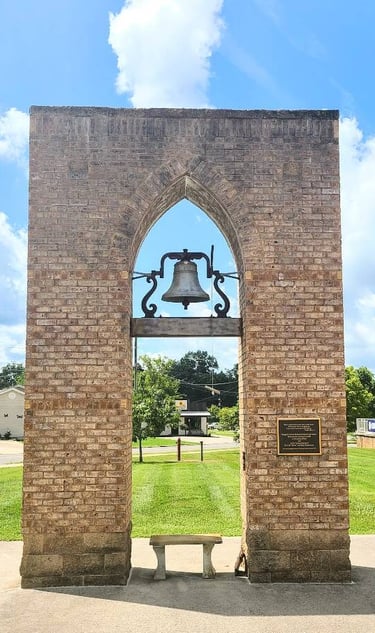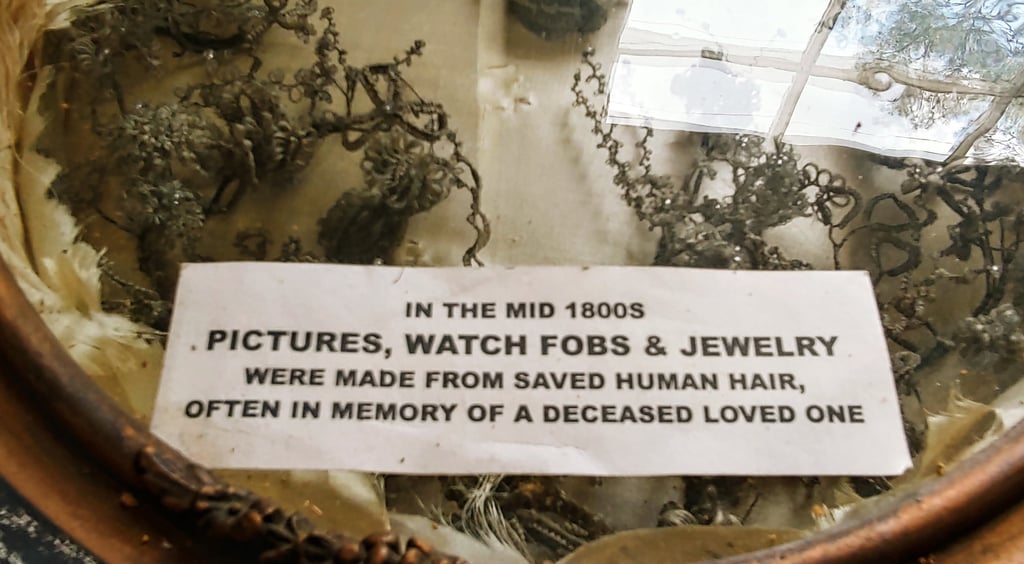

Lafayette/Ringgold, Georgia Travel - Best Historical Sites and 1800's Shocking Practices
Dive into history at the Marsh House and 1836 school, Chatooga Academy. Explore the shocking & bizarre practices of the 1800's at the Old Stone Church & Museum, used as a hospital during the Civil War. Visit Prater's Mill & Cotton Gin in Dalton and watch them grind corn & buy cornmeal.
LaFayette was founded in 1835 as Chatooga, Georgia. It was renamed LaFayette one year later after the French nobleman Gilbert du Motier, Marquis de Lafayette fought in the American Revolutionary War 1775-1783. At 19 years of age, the Marquis came to America because he dreamed of attaining glory by fighting as a soldier. During that war, George Washington led the 13 colonies, with the help of France & Spain against Great Britain & the Germans.
The Chattooga Academy
Location = The Chattooga Academy. 208 N. Main St. Lafayette GA. Also known as the John B. Gordon Hall.
The Chatooga Academy is the oldest brick school still standing in Georgia and was built in 1836. Construction costs totaled about $815. When the Academy opened one year later, the first attendees included 37 girls + 15 boys. Often the boys were kept home to help with homestead chores.
During the school year, students from outlying areas would board with families closer to the Academy. One such student was John B. Gordon (born 1832). His resume was impressive & included Confederate General, Governor, and U.S. Senator. See his amazing home, the Gordon-Lee Mansion & Museum in my blog.
Confederate General Bragg used the Chattooga Academy as his headquarters. While there, he sat under a tree and planned his strategy for the Battle of Chickamauga in 1863. In 1925, the school was renamed the John B. Gordon Hall.
Plan on spending 1 day. Or, for a perfect 2-3 day weekend, combine with nearby Ft. Oglethorpe for more 1800's history.
See my Blog: Civil War Tragedy & Triumph
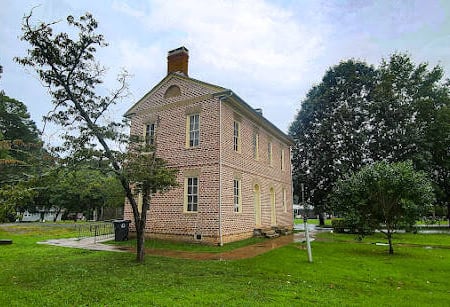



LaFayette, Georgia
Mr. Marsh was involved in many endeavors. He & Andrew Allgood were the first to establish a cotton mill in NW Georgia. The area's existing school, a one room log cabin, was no longer big enough to support the growing population so he donated a portion of his land for a new school - the Chatooga Academy next door.
Mr. Marsh also owned 12 African-Americans, but believed in partnering with them. One example was Rev. Wiley Marsh, who assumed the Marsh's last name. He was a carpenter who helped build houses and founded many churches for the African-Americans in the area. Mr. Marsh also befriended the Cherokee and hired Ninatoya as a servant in their home.
Look at that - one of the bedrooms had it's own private bathroom. Oh, the joy!
Location = The Marsh House. 308 N Main St, LaFayette GA. See photo up top. Tours: Fri-Sat, 10-5pm except the 1st Sat. each month. Small entry fee. Special tours: Heritage Day Festival, Christmas Candlelight, etc.
Spencer Marsh, a previous Judge & Senator from North Carolina built the Marsh house in 1836. The home had 4 large rooms on both the 1st and 2nd floors with a grand hallway down the middle. The kitchen was in the basement so a dumb-waiter, which still exists today, was used to bring the food up. Later, an additional wing was built so the kitchen could be moved to the main floor.
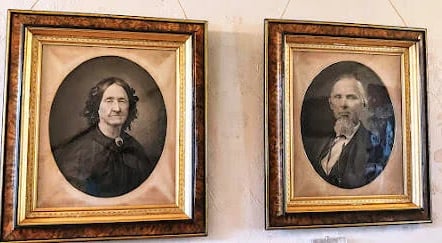



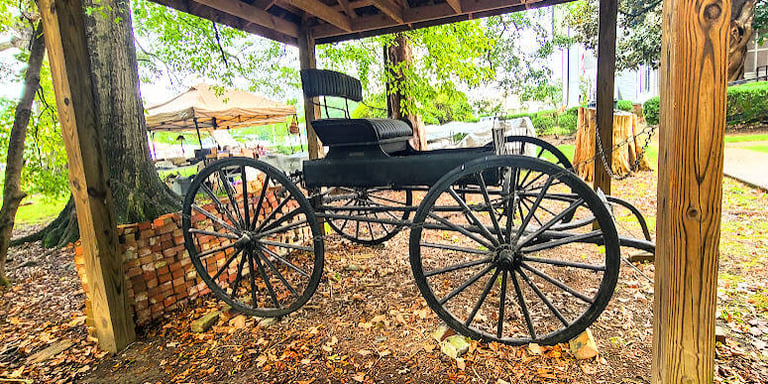

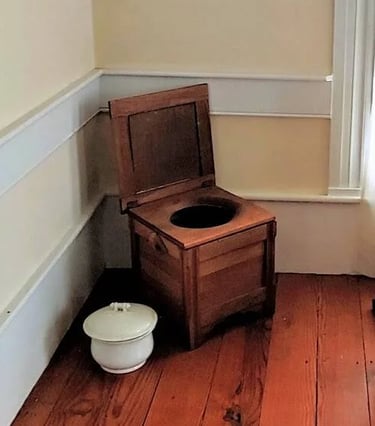

The Marsh House
Civil War Comes to Marsh House
When the Civil War came to LaFayette, the Marsh family relocated south and it wasn't long after that the Union troops moved in. When the family returned, they discovered their furniture & household items had all been taken.
What was left were visible horse hoof prints in the wide hallway going from the front door to the back. There were also blood stained floors, bullet holes, and shattered glass. The house remained in the family for over 150 years.
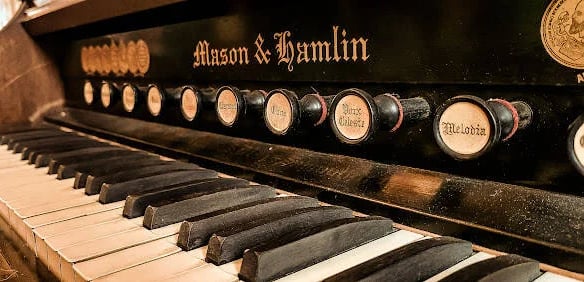



Ringgold Georgia was founded in 1847 as a shipping post due to it's prime location on the Western & Atlantic Railroad line. The town was named after Samuel Ringgold who died a hero in the Mexican War (1846-48), in the Battle of Palo Alto. Even the town's Train Depot built in 1849 was the site of many skirmishes during the Civil War, and now serves as a community center.
Old Stone Church & Museum
Location = Old Stone Church. Intersection of 41 Old Catoosa Prkwy & Hwy 41, Tunnel Hill GA just south of Ringgold. Free entry. Open Fri-Sun from 1-5 pm.
The Old Stone Church was organized by Scottish-Irish settlers in 1837 wanting to establish a Presbyterian Church. However, construction didn't begin until 1850 when member Robert Magill & his 2 brothers started hauling stone to the site from a nearby quarry. With a cost of $1600, the Old Stone Church was finally finished in 1852 with the help of Rev. Johnston who donated $200 - which was his salary for one year.
The Old Stone Church is now a Museum, which has an impressive collection of interesting, weird, and just plain gross artifacts. During the Civil War 1861-1865, the Confederates used the church as a hospital, leaving behind bloodstains still visible today. The Union troops used the church as a stable, converting the pews into feeding troughs for their horses. And still visible are the horse's teeth marks. Check out the original pews & altar.


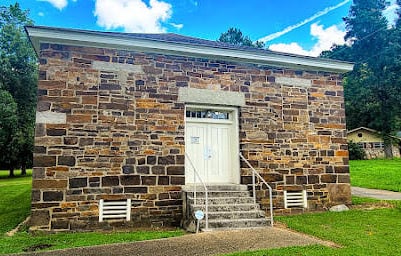

Ringgold, Georgia
1800's Bizarre Practices
Photo top left: OK, this bizarre 1800's practice used human hair to make stuff like jewelry. (PSST: If you're my relative and I just passed - nobody touches my hair! I know I'm dead and won't know diddly.... it's just too bizarre & oh yeah....creepy.
Photo bottom left: I'm sure this pamphlet was the latest & greatest back then - but see what it says at the bottom: "The Sanitary Era". UH....WHAT?
Just a minute ago they were tossing amputated body parts out thru the window, and I know that wagon wasn't pristine. Does anyone think that was a "sanitary" practice? First: someone picked up those body parts to toss them in the grave. Second: the same dirty blade was used all day long.
While I know that in very recent history, kids used to eat mud pies & bugs, and people used to drink from the water hose. And nobody died from those practices. However, the 1800's practices didn't include germ or body fluid safety measures. I'm not a germaphobe, but I still thank the Lord I live in a more modern & sanitary world.




Stone Church Used as Hospital
During the Civil War in the 1860's, Confederate soldiers used the Old Stone Church as a hospital. Reports say that whenever surgeons had to amputate an arm or leg, they would toss the body parts thru the window into a wagon which was kept there to collect body parts.
Then, they would haul the wagon to a cemetery behind the church and bury them in one large, unmarked grave. I'm thankful we don't have realities like that.... but in those times, it was probably a grim necessity of war.


1800's Shocking Practices
Prater's Mill & Cotton Gin
Location = Prater's Mill. 5845 GA-2, Dalton GA, just east of Varnell. As a non-profit, they have a fundraising event every year in May with a cheap entry fee. There's a huge parking area a couple blocks west of the Mill with shuttle service.
Benjamin Franklin Prater built Prater's Mill in 1855 using water power to run the latest in equipment ingenuity to clean, grind, and sift the grains. It became so well known in the area, that he added a cotton gin, saw mill, a wool combing apparatus, a blacksmith shop, a syrup mill and a general store.
Photo below left: Prater's Mill & Cotton Gin in 1905. Two millers (men who worked at a mill to grind grain), customers and mules gathered on the front porch. Photo by James B. Finley.
Farmers came from all around to Prater's Mill & Cotton Gin. They would line up their mule-drawn wagons before the sun came up so they could have their corn ground into cornmeal. The women would go shopping at the General Store and probably exchanged gossip while the children played games or went swimming.
While visiting Prater's Mill - watch the 2 millstones when the miller (the equipment operator) opens the gates to let water flow in. This started turning the millstones which would grind the corn. It's a fairly quick squash, grind, and and bake to enjoy. During the Civil War, Prater's property was used as a campsite for about 600 Union soldiers, and the Mill was kept running to supply cornmeal to the troops.

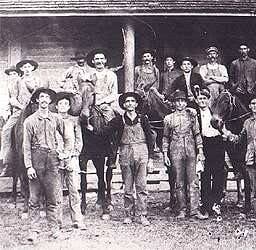
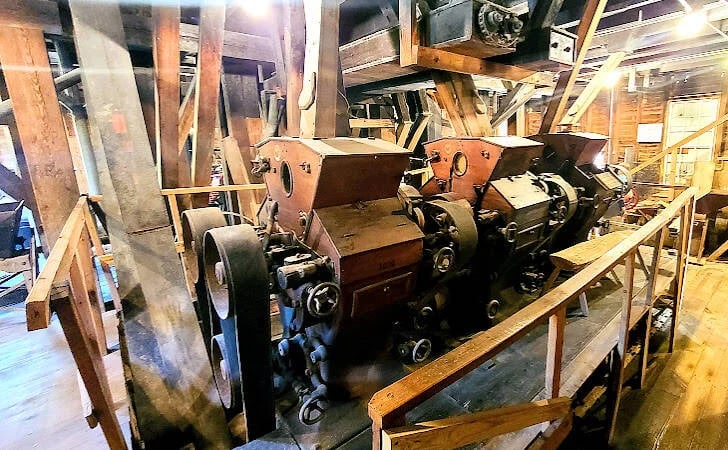





Dalton, Georgia
Prater's Cotton Gin
A gin simply means "engine". A cotton gin is a machine that separates picked cotton from the seeds. Prior to the invention of the gin, it was painstakingly done by hand. Picking cotton was one of the most labor intensive - painful both for your back, and the cuticles that the cotton cut making them bleed.
The cotton gin was originally invented in 1793 by Eli Whitney - although it's said he got the idea from Sam, a slave who likely spent time in processing cotton by hand. The separated seeds were also put to good use. The seeds may have been sent to a mill that produced cottonseed oil or cottonseed meal. The seeds were also used to plant more cotton.
Prater's Cotton Gin doesn't have any live demonstrations, but it's still quite interesting to see the cotton before & after, as well as the enormity of the cotton gin equipment.
More Fun Things to Do
The Blue & Gray Trail - Prater’s Mill sits on the Blue & Gray trail, which begins in Chattanooga, TN ending in Marietta, GA (by Atlanta). It includes many Civil War historic sites.
Dalton, GA. Dalton Falls Fun Center - mini golf, laser tag, a virtual reality center, and more.
Tunnel Hill, GA. Western & Atlantic Railroad Tunnel - Construction started in 1839 from Chattanooga TN to Atlanta GA. Tour the 1,447 foot long tunnel.
Ringgold, GA. Elsie Homes Nature Park & Ringgold Nature Trail & Creek Walk - walking trails along the Chickamauga Creek.
Vacation Travel Tips
Average temps high/low = Summer 90/66 degrees F. Winter 51/28. GA ranks 5th in humidity & 7th for hurricanes. Winters are short & summers long. Tornado season is Mar-May. Expect snow in mountain regions.
Backpack essentials - water, bug spray, sunscreen, whistle, flashlight, cell phone, pocket knife, and a light jacket.
Winter Essentials - thermal blanket, waterproof boots, and warm clothing.
Hiking conditions - trails can be wet & slippery after summer rains. Prepare for snow in higher elevations.
Vehicle safety – Keep a spare blanket, boots, jacket, gloves, and snacks in the car. Winter roads can be icy & covered in snow - use “winter” tires. If you only have "all season" tires, take snow chains.
Wild animals - black bears are becoming bolder in parks/campsite areas mostly due to food. Coyotes, cougar, bobcat are also present.
Trash - Pack out what you pack in.
Rivers/lakes – river shoes are helpful. Heavy winter rains means deep, ice-cold & fast moving water.
Poison oak - always know before you touch. 3 leaflets per stem, with slightly rounded tip. Poison ivy has the pointy leaf-tips.
Snakes - there are 6 poisonous types - on land, water & in trees. They generally prefer to avoid humans & biting usually to avoid harm.
Wilderness areas – take a buddy & tell someone your travel plans.
